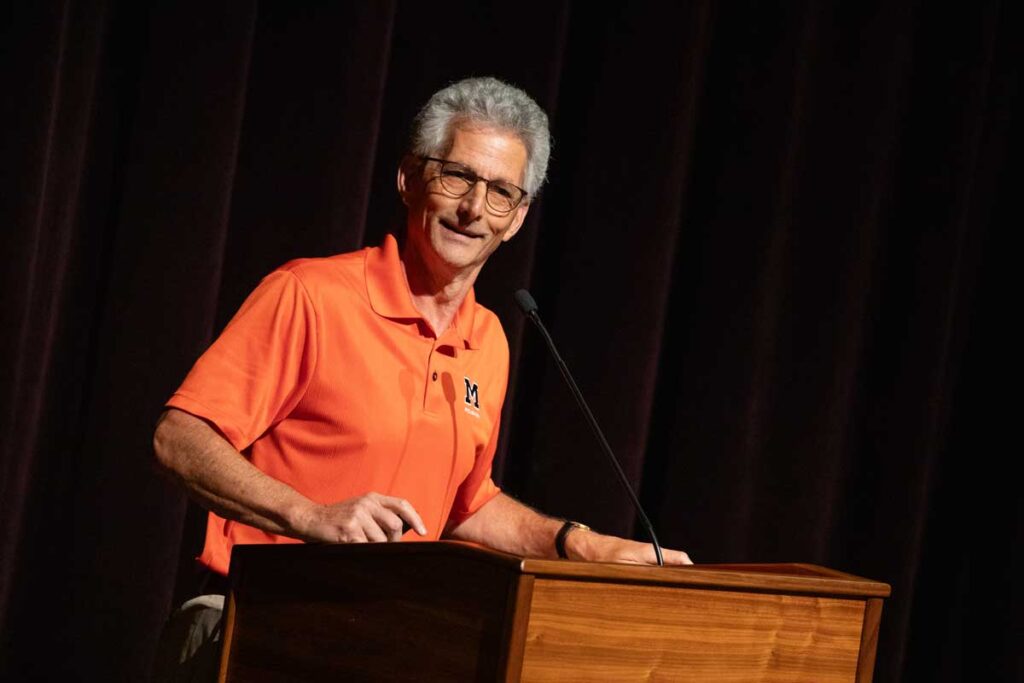 As a keen observer of the advance of artificial intelligence (AI) technologies and the impact of those technologies on jobs, I looked forward to receiving The Great Skills Gap: Optimizing Talent for the Future of Work. Its advanced billing indicated that editors Jason Wingard and Christine Farrugia organized the book to examine how colleges and universities should be preparing students for their future careers and assembled a highly qualified group of educators, executives, and thought leaders to write about the topics.
As a keen observer of the advance of artificial intelligence (AI) technologies and the impact of those technologies on jobs, I looked forward to receiving The Great Skills Gap: Optimizing Talent for the Future of Work. Its advanced billing indicated that editors Jason Wingard and Christine Farrugia organized the book to examine how colleges and universities should be preparing students for their future careers and assembled a highly qualified group of educators, executives, and thought leaders to write about the topics.
Wingard and Farrugia organized the book in three parts. Part I examines how automation will affect workplace practices and the talent needed for the workforce of the future. Contributors include leaders from McKinsey & Company, BlackRock, Parchment, Pfizer, the National Geographic Society, NASA, and Lyft.
Part II poses the question: Is higher education still the solution for a workforce in flux? Contributors include leaders from Harvard University, Georgia Institute of Technology, the Wharton School, the University of Michigan, the United States Military Academy at West Point, Georgetown University, Marquette University, and Duke University.
The last section, Part III, discusses bridging the gap between learning and labor. Contributors include thought leaders from the Teachers Insurance and Annuity Association of America (TIAA), the Aspen Institute, the Society for Human Resource Management (SHRM), New America, The Urban Institute, the U.S. Chamber of Commerce Foundation, George Washington University, the Business-Higher Education Forum, and the Carnegie Corporation of New York.
Discussing The Great Skills Gap chapters in detail could require many articles, which is something I’m not akin to doing for a book review. While there were a few chapters that didn’t necessarily align with my thinking about what is important for higher education leaders to know, most of them are highly informative and thoughtful.
Editors Wingard and Farrugia summarize the themes that align the visions expressed for the future in the following areas:
- Disruption versus transformation
- Credentials versus skills
- Technical skills versus human skills
- Vocational education versus liberal arts
- Learning versus unlearning
- Higher education solutions versus employer solutions
In my opinion, the last theme is the most important for colleges and universities. Everyone who writes about this topic calls for innovative partnerships between higher education institutions and employers in order to align the preparation of today’s college students to be tomorrow’s workers. What most of them fail to discuss is the difficulty in making this happen at scale.
Large universities are purposefully diverse. Departments operate in silos; faculty operate according to their research areas of interest. Convincing the undergraduate faculty that the curriculum is out of date and needs to be aligned for the jobs of the future is a task that not many presidents, provosts, and deans are eager to tackle.
Likewise, large employers are not accustomed to working at the pace at which universities appear to operate. If a company believes it needs to pivot its operating model to fight back competition, it is not going to wait years for the local university to customize its curriculum and educate students for four years or more.
Wingard and Farrugia conclude that “the core of the solution resides in strengthening the relationship between higher education and employers. Higher education needs to make a more robust, intentional, and coordinated effort to engage with employers in order to address future workforce needs.”
I don’t disagree with the editors, nor do I disagree with many of the contributors to the chapters written for this book. However, none of them appear to realize the level of effort that it will take to make these changes.
Assuming higher education leaders can convince their faculty of the urgent need to change, one of the biggest obstacles will be rebuilding or replacing university information technology (IT) systems that have been established for the traditional form of higher education. Many of the chapters’ authors call for agility.
But few university IT systems and personnel are structured to operate on an agile framework. Moving ahead of the curve to be an innovator will require millions of dollars of investment.
Examples of successful partnerships between universities and employers do exist. The question is how quickly can higher ed and employers create more of these successful partnerships to prepare our workforce for the transformation that will eliminate millions of jobs by 2030.
If you want a book that frames the debate, buy The Great Skills Gap. If you want a playbook, you’re going to have to make it yourself.











